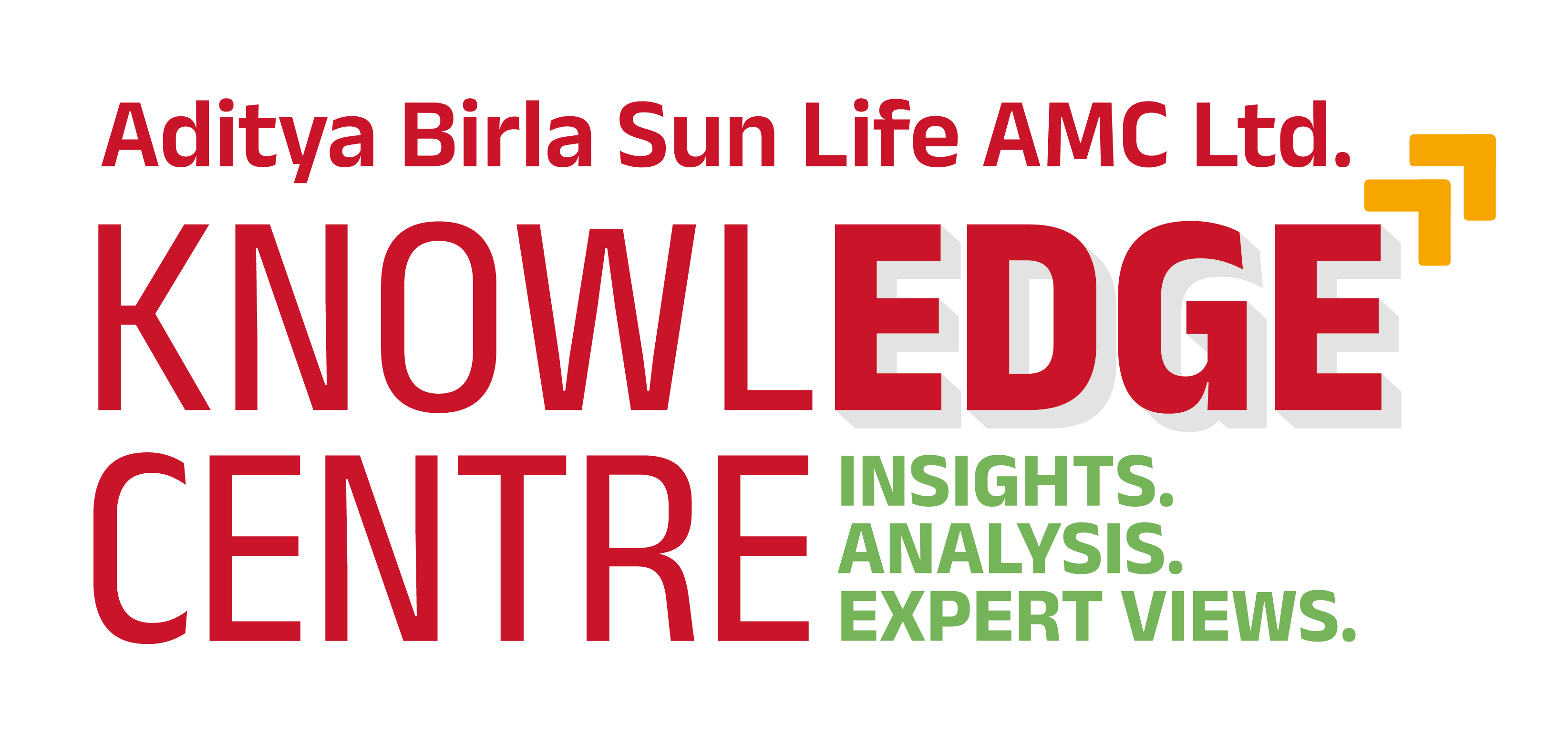-
Our Products
Our FundsFocus Funds
-
Self Care
Self-ServiceFind InformationWays To TransactPartner Solutions
-
Downloads
- Learnings
- About Us
-
More
-
Shareholders
-
Shareholders
-
Updates
-
-
SIP Calculators
- Back
-
Shareholders
Retail Is No Easy Game

Jul 26, 2024
5 Mins Read
 Chanchal Khandelwal
Chanchal Khandelwal
Listen to Article
What is a retail business?
Company 1: 68.5% promoter owned; owned by one of the largest real estate companies in India. Retail is about location and rent (so this can’t be ignored). Best in disclosures, the company has generated retail leaders and taught us about sales per sq ft; same-store sales growth; payback period; GMROF etc. in retail. For the uninitiated, GMROF stands for Gross Margin Return on Footage - a tool that shows the relationship between total sales corresponding to per square feet area of your store. (Learning No.1: Metrics such as sales per sq. ft., SSSG, payback period is core to look at while tracking retail companies). Company turnover in FY10 was Rs. 1405 crores and it has an inventory-light business model as inventory was brought on consignment.
Company 2: 31.5% promoter owned; slow growth and was an acquired business. It was a no-brainer to invest in company 1.
Company 2’s initial main brand offered branded apparel, home furnishings and décor. What played out over the years was its exceptional execution across various dimensions. It was known for its trendy fashion collections, attractive store layouts, etc. Its execution was evident in the meticulous curation of products, ensuring a balance of style and quality. The focus on customer service and staff training further solidified the overall experience for shoppers. They got the value proposition and unit economics right.
Company 1, despite having a strong brand reputation and a wide product range, faced challenges in keeping pace with the evolving retail landscape, especially the changes brought on by e-commerce, which was an agglomeration of brands. This pace of change in the industry was not easy to keep up with for many brands. Recently they have been trying to regain their momentum by prioritizing fixing the execution deficiencies and focusing on the overall shopping experience (through beautification of stores, improved designs in private labels and venturing big into the Beauty segment by tying up with various global brands).
This brand of apparel of Company 2 invested well ahead of time thinking long-term and steadily kept scaling up to several stores. Though it seemed imperative to take it beyond Tier 2 and below towns, given its slightly premium offering and large-sized stores (>20,000 sq. ft.), it did not find many takers beyond Metros & Tier 1 cities. Hence, it was necessary to go back to the drawing board and decide on a first principles basis on the scalability of their retail ambition. It was during this time that the Company 2 saw a huge whitespace in the overall retail industry - the value-conscious consumers. Though a risky proposition, this gave rise to the new brand under its umbrella. Venturing into value fashion is always a risky bet, as this is considered one of the toughest businesses in the overall retail segment.
Value fashion business has one simple formula but takes years to excel. This formula is to get the unit economics right. While many retailers venture into this, a handful of them thrive, few of them survive but bleed, while most others perish. Just to set the context, you need to get various parts of the puzzle right to succeed in this segment – i) back-end control and vendor management ii) core proposition target for consumers, store ambience along with the right pricing drives sales (and thus inventory turns) iii) continuous hustle on design to manage inventory (as there are different seasons and different consumer cohorts). One needs to get all this right, continuously improve and keep filling the gaps to get the desired unit economics. (Learning 2: Inventory can kill in the retail industry, hence need to watch it like a hawk).
The first store of this new brand was opened in 2016. The proposition of best styles, store look and feel and targeting the indomitable price-conscious consumer mindset garnered quick attention and success. It was able to crack the most lucrative segment of consumers – youngsters. Zudio started as apparel inside Star Bazaar and then branched into standalone stores, showcasing the frugality of capital allocation.
The secret sauce was a mix of things it ventured into and at the same time, things it chose not to do. Firstly, it was crafted as a 100% private label concept. In recent years, private brands have increasingly emerged as the rising stars of retail and e-commerce. Retailer-owned brands typically offer shoppers value for money while earning higher margins for retailers with the potential to develop into a self-sustaining proposition. Customers also subconsciously attach more value to full-priced offerings and correlate full-price to a strong brand. Company 2 thus focused only on private labels and at the same time stayed away from hefty discounting. Coupled with merchandising and pricing, it made it pertinent to make shopping an exciting journey for the consumer. When I last got a chance to interact with Company 2’s CEO, he highlighted two key areas which they are continuously working and improving on – getting the women segment right is always a key priority (if one can crack the women segment, men follow. Even though he mentioned this jokingly, it is quite a correct reading of consumer behaviour). Secondly, across the country, they were witnessing that women need, premium experience without significant premium pricing. Hence, store look and feel becomes an instrumental criterion to win in today’s retail environment. Prominent stores, striking windows, in-store displays, and exciting store ambience become key ingredients to driving trial & traction from the consumers. Hence, the company made sure to work on this aspect for every new store. Thirdly, apart from ensuring differentiated fashion and experience for customers, active control of the value chain is also integral to evolving a sustainable business model for this concept. Pitched at a younger audience, the company recognized it is critical to be fashion-forward and closely synchronized with evolving trends. Thus, the emphasis for the Company is on minimizing lead times and landing fresh collections in stores as quickly as possible. To facilitate this, merchandise is almost entirely sourced from within India as a matter of choice, affording access, speed and flexibility. To put it simply, the company is deeply integrated at the back and deeply differentiated at the front. An important aspect of their scale-up is also the kind of store format it has followed. It follows a franchise-owned company-operated model (FOCO), wherein the franchise bears the store capex along with other operating expenses (rent, electricity, other opex) in exchange for a fixed IRR. Company 2 in turn takes care of employee expenses, inventory management and transportation and most importantly, quality control over stores. Besides, it becomes an asset-light and continuously improves the core financial metric - ROCE. (Learning No. 4: Retailers who control the entire value chain always have an edge vs retailers who compromise on any of these aspects). Following these core principles, some important things were implemented by the brand: Staying away from being an active retailer in the kid’s segment (as this is the most price-sensitive segment. The number of sizes has to be high in the kid’s segment, which also creates an inventory challenge – remember Learning No.2 above). Focusing only on casual clothes and not diluting with formal wear. No celebrity endorsements, no major marketing spends. With scale, targeting other margin accretive categories such as Beauty, Footwear, and Innerwear. Higher mix of soft & comfortable fabric viscose vs cotton (as the latter is expensive). Learning and applying the 2-decade-old supply chain experience from its main brand. Successful retail businesses are not built in one or two years. It is a long game that expects repeatability of desired outcomes, year after year. And in that journey, knowing what not to do is as important as the need for innovation and efficiency. Most importantly, keep it simple - understand the customer, solve for their needs, and deliver a consistent reliable experience they can keep coming back to. The large opportunity in India’s apparel market will lead to the rise of several retail companies targeting the value fashion segment. Will keep a close watch on the trends as they unfold. The views and opinions expressed are those of Chanchal Khandelwal, Fund Manager & Senior Analyst and do not necessarily reflect the views of Aditya Birla Sun Life AMC Ltd (“ABSLAMC”) /Aditya Birla Sun Life Mutual Fund (“the Fund”). This article is for information purpose only and is not a recommendation, offer or solicitation of business or to buy or sell any securities or to adopt any investment strategy. Aditya Birla Sun Life AMC Limited (“ABSLAMC”) /Aditya Birla Sun Life Mutual Fund (“the Fund”) is not guaranteeing/offering/communicating any indicative yield/returns on investments. The sector(s)/stock(s)/issuer(s) mentioned do not constitute any research report/recommendation of the same and the Fund may or may not have any future position in these sector(s)/stock(s)/issuer(s). Mutual Fund investments are subject to market risks, read all scheme related documents carefully.
In simpler terms it is the sale of goods and services to consumers.
But is that all?
Behind this seemingly simple definition lies a well-crafted strategy that harnesses the power of continued and effective execution, unit economics, and understanding consumer behaviour. If an enterprise gets that right, then it will live to tell a story.
Let’s understand this with an example from the apparel market in India.
For context, currently, India’s apparel market is estimated to be ~5lac crores in size and the Indian fashion industry is estimated to be the fourth largest market in the world. High unorganized share, urbanization, rise in share of women workforce, digitization, as well as rise in western wear are all ingredients for massive growth. Let us look at two retail companies which we have tracked closely over the years.
FY21 was the first year when Company 2 sales was higher than Company 1. But people highlighted that this could have been the impact of Covid and to ignore the trend. Ok ignored!
In FY 24, Company 2 had a turnover of Rs. 11926 crores as opposed to Company 1 with a turnover of Rs. 4213 crores, almost thrice that of Company
1. What happened? What played out?
I try to bring here my learnings from tracking retail giants and decipher the facts as to what Company 2 did right to flip the narrative.
Retail is all about execution
Driving growth with value-conscious customers
Having set the business model, it went all in for store expansion - from 16 stores in FY17 to 545 stores in FY24.
Importance of identifying trends early
Given this fact, the new brand under Company 2 did not shy away from saying ‘NO’ to the fast-growing e-commerce distribution channels in India. The delivery costs, including reverse logistics, deep discounting practices in the online channel and loss of control in the distribution channel made e-commerce a very costly proposition. (Learning No.3: Higher % of full-price sales reflects a strong brand pull in the minds of the consumers, thus reflecting the strength of the brand).
With inputs from Subham Sharma
You May Also Like
Loading...





 1800-270-7000
1800-270-7000









